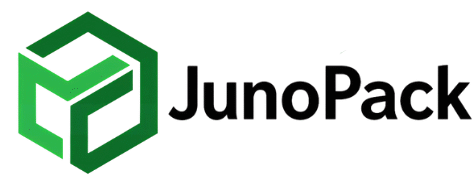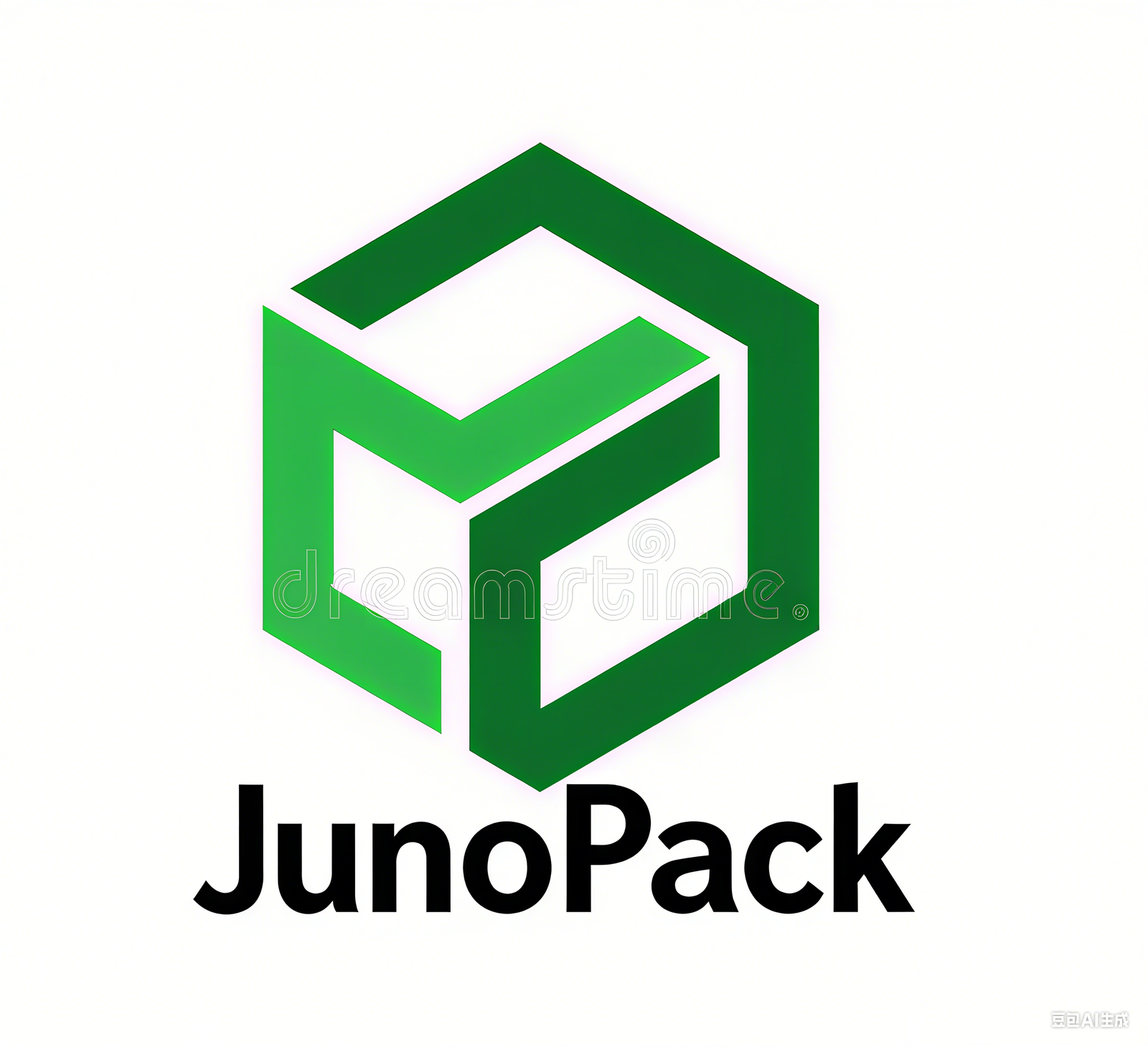Email : info@jonopackpro.com
The Economics of E-commerce Packaging

Understanding the economics of e-commerce packaging is essential for profitability. Packaging impacts production costs, shipping fees, returns, and overall customer experience, all of which affect a company’s bottom line.
Material costs are the primary factor. Corrugated boxes, bubble wrap, air pillows, and flexible mailers vary in price depending on size, thickness, and sustainability features. Bulk purchasing and standardization reduce unit costs, while custom designs may increase expenses but offer branding benefits.
Shipping costs are influenced by package weight and dimensions. Lightweight, right-sized packaging reduces dimensional weight charges, optimizing logistics expenses. Innovative packing techniques, such as nesting or modular systems, further cut shipping fees.
Returns and damages also carry financial implications. Poorly protected products lead to returns, restocking costs, and potential revenue loss. Investing in quality packaging upfront minimizes these risks, ultimately saving money.
Sustainability may appear as an extra cost but can yield long-term economic benefits. Eco-friendly materials often attract conscious consumers, boosting sales and reducing regulatory risks. Some sustainable solutions, like reusable packaging, also reduce repeat packaging costs.
Operational efficiency matters as well. Packaging designed for automation, easy assembly, and standardized handling saves labor costs in warehouses. Smart packaging solutions, like pre-sized inserts or automated sealing, further optimize efficiency.
In summary, e-commerce packaging economics involves balancing material costs, shipping fees, product protection, and customer satisfaction. Strategic investments in quality and efficient packaging yield cost savings, increased sales, and enhanced brand reputation.

